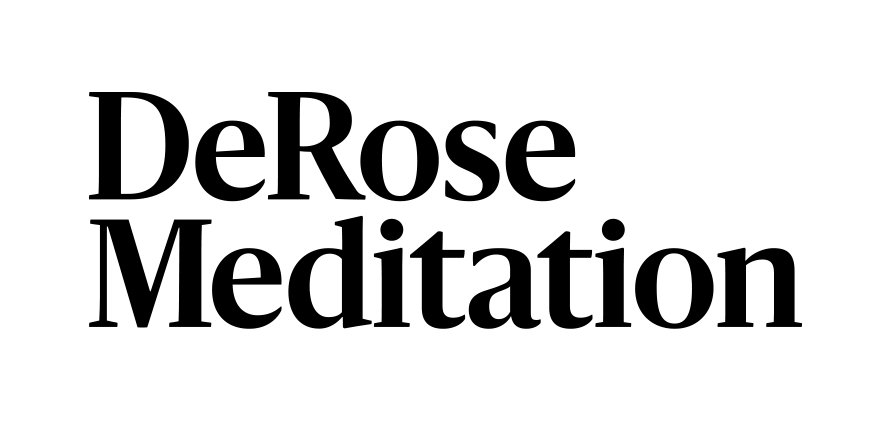To breathe; the very first, and the last thing we do in our lifetime. Our breath; the main source of nourishment for our cells, and the mechanism for speech, laughter and the expression of emotions. Respiration is so vital that nature created a automatic and unconscious process and will never let us not breathe.
However, in spite of this mechanism of protection, most human-beings breathe incorrectly. You may not even be aware that there are “right” and “wrong” ways to breathe! If you observe an infant human you can see how we were born to breathe but unfortunately because of our lifestyle, many of us lose this capacity and if we don’t re-educate our breathing, we are no longer able to make the most of our breath. Breathing poorly can result in excessive tireness, insomnia or broken sleep, a lack of concentration and creativity, and less vitalilty in general.
The average total lung capacity of an adult human male is about 6 litres of air and this could be increased, with some simple techniques. However what I have seen is that most of people don’t use even a third of their lung capacity, and the main reasons for this is the lack of body-consciousness and a weak diaphragm.
Once, I got a call from a person who was interested in practising DeRose Method with me. Speaking with him, he said that he was experiencing a very high level of stress; so high in fact that he had had to take leave from his job, because he lost even the ability of reading. I had never seen a case like this before, and I was intrigued.
I asked for some information about his medical examinations and if anything unusual has showed up in his tests. He mentioned that when they checked their lungs, they found his diaphragm to be “black”, which again, I had never heard of before.
I was convinced that the bad use of his lungs was contributing to his stress. Not enough oxygen, short, shallow breaths, created lack of focus and concentration, increased the inflammation in his body and by consequence increased his cortisol level. All these facts generated a level of stress that he couldn’t handle anymore. Happily it didn’t take long for him to recover, and after a couple of practices and some effort to re-educate his breathing, he was feeling good again.
Within the DeRose Method we utilise a very ancient technique from India. And one of the main techniques we practice is pranayama (prána = vital energy, áyama = expansion/control). There are 58 specific breathing techniques in the DeRose Method, some are used to hyper-ventilate the brain, some to balance your vital energy, some to make you sleep, and even to heat your body up, or to cold it down.
However, you can’t practice pránáyáma if you simply don’t know how to breath. So let’s begin by focusing on how to breathe correctly. Just then, after you have a complete control of your diaphragm, should you begin any advanced breathing techniques.
Follow these simple steps.
Sitting or lying down, touch your abdomen with your hand. And inhale, through your nostril, expanding your abdomen out – feel it with your hand – and exhale through your nostril, contracting your abdomen inwards. Simply memorise this rule, when the air enters, your tummy goes out, when the air leaves, your tummy moves in.
After a few deep breath, you will introduce a rhythm to your breathing. Inhale deeply in 5 seconds, hold your breath for 5 seconds and exhale for 5 seconds too. Do that for about 5 to 10 minutes. That will make you feel great already, and it is just the beginning, of this wonderful science of breathing, called pránáyáma.
